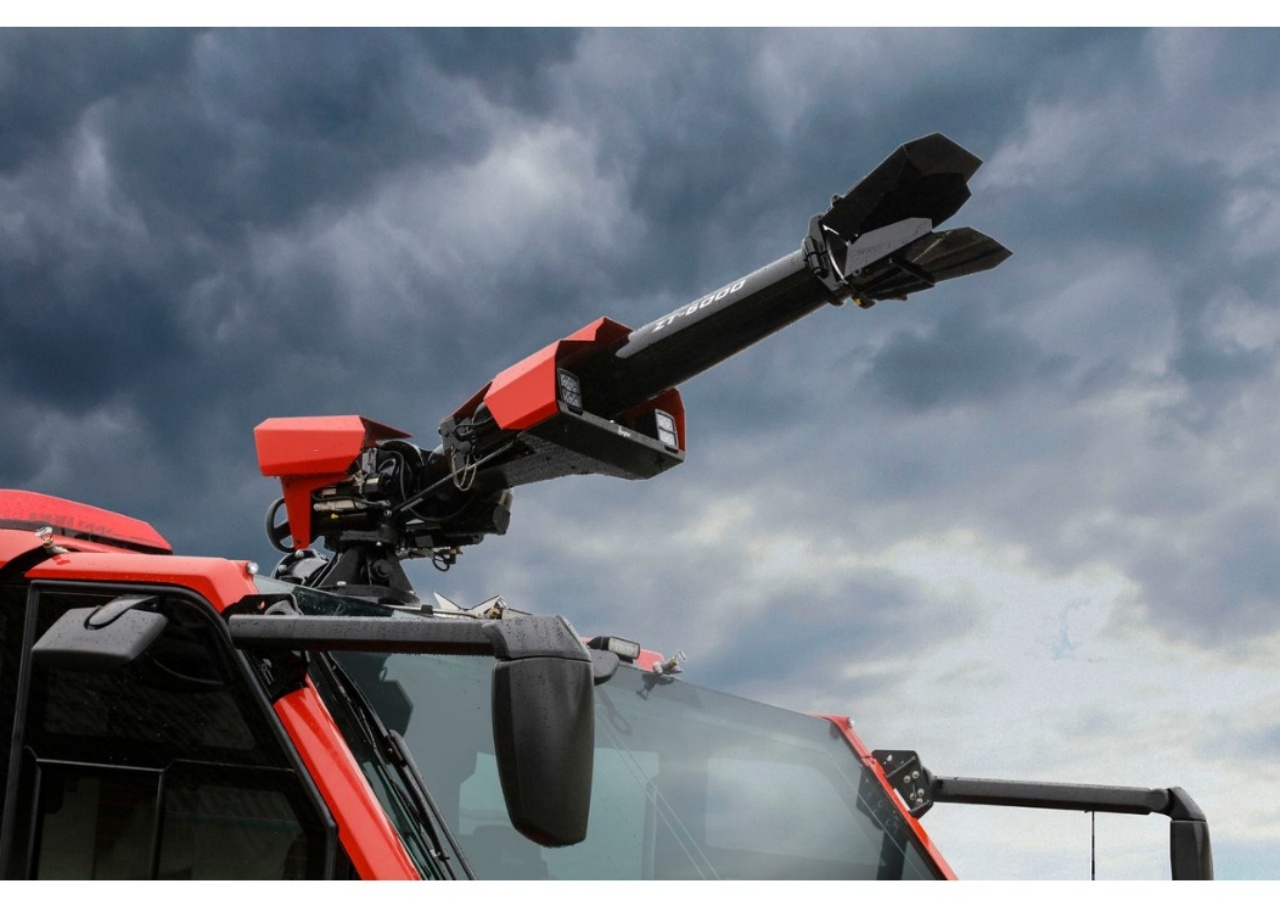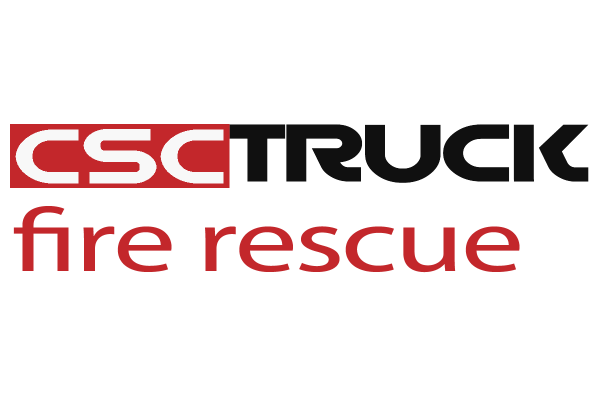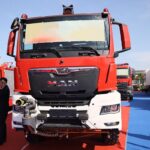Airports are unique environments that require specialized emergency response capabilities due to the high volume of traffic, the complexity of aircraft systems, and the potential severity of accidents involving jet fuel, hazardous cargo, or large numbers of passengers. At the forefront of this critical preparedness is the Aircraft Rescue and Firefighting (ARFF) truck — a vehicle specifically engineered for rapid, efficient, and effective response to aviation emergencies. These specialized trucks play a pivotal role in ensuring airport safety and protecting lives during critical moments.
What Is an ARFF Truck?
An ARFF truck, also known as a crash tender, is a purpose-built firefighting vehicle designed for aircraft incidents. These trucks are fundamentally different from municipal fire engines in terms of design, performance, equipment, and capabilities. ARFF trucks are built to:
- Operate across diverse terrains, including tarmac, grass, and gravel.
- Accelerate quickly and maintain high speeds despite their size.
- Carry specialized agents like aqueous film-forming foam (AFFF), dry chemical powders, and clean agents to combat jet fuel fires.
- Access critical areas of aircraft, including elevated cabins, through extendable turrets and piercing tools.
- Provide water, foam, and chemical discharge both while stationary and on the move.
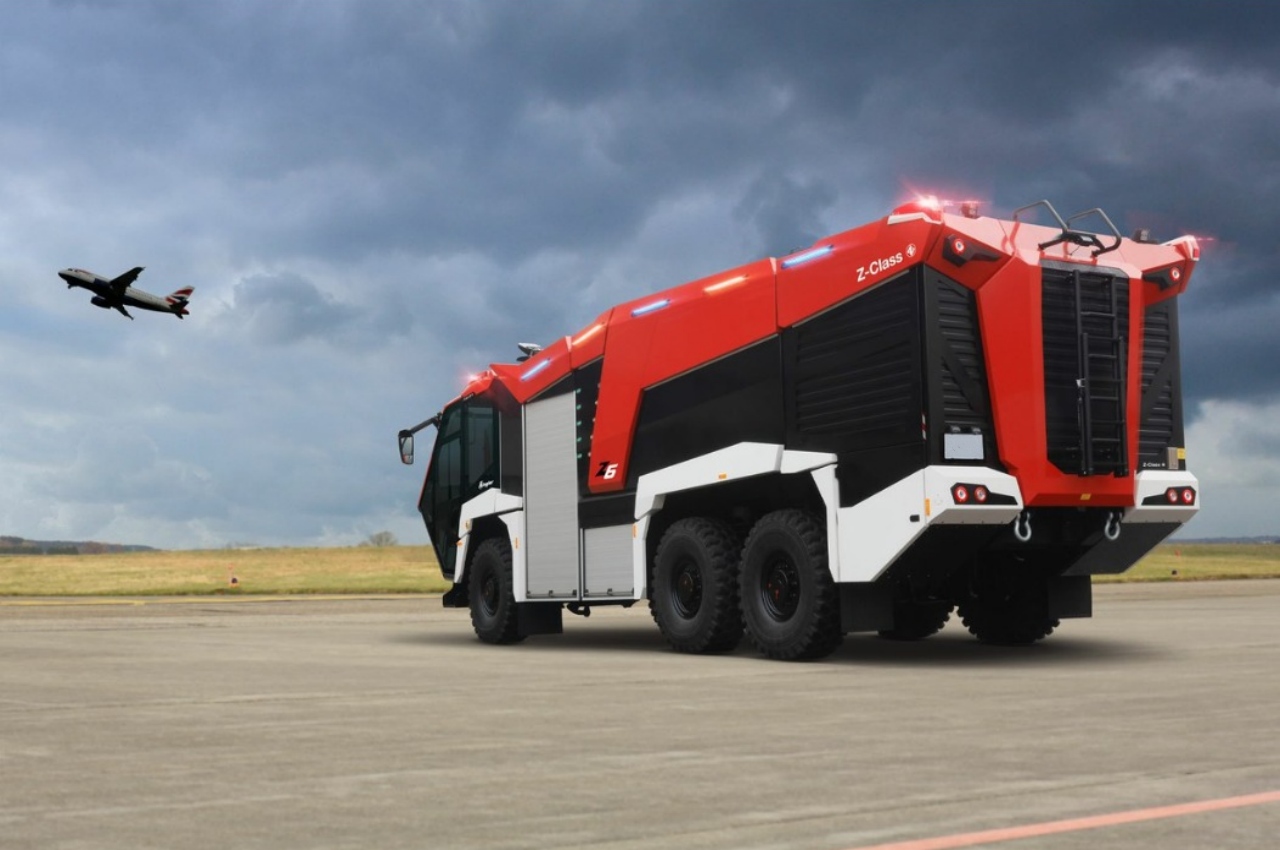
Key Design Features
1. High-Speed Performance
Speed is crucial in ARFF operations. International standards set by the International Civil Aviation Organization (ICAO) and the Federal Aviation Administration (FAA) require ARFF vehicles to reach any point on the airport’s operational surfaces within 3 minutes of alarm notification. As a result, these vehicles are equipped with high-horsepower engines — sometimes exceeding 700 HP — to propel them to speeds of 70–80 mph despite their weight.
2. Off-Road Capability
Aircraft accidents often happen off-runway, requiring trucks to traverse unpaved or uneven terrain. ARFF trucks are built on 4×4, 6×6, or even 8×8 chassis with all-wheel drive systems, high ground clearance, and robust suspension to ensure they remain agile and mobile regardless of the terrain.
3. Large Agent Capacity
A major strength of ARFF trucks is their capacity to carry large volumes of extinguishing agents. Typical configurations include:
- Water tank: 3,000 to 4,500 gallons (11,000–17,000 liters).
- Foam concentrate: 400 to 600 gallons.
- Dry chemical: 500 to 1,000 lbs (for Class B and C fires).
- Halon or clean agents: Optional for sensitive equipment fires.
Foam is the primary agent due to its ability to blanket and suppress hydrocarbon fuel fires quickly, creating a barrier that prevents reignition.
4. Advanced Fire Suppression Systems
ARFF trucks are equipped with a combination of:
- Roof-mounted turrets for long-range foam discharge.
- Bumper turrets for lower-angle attacks while moving.
- Piercing nozzles mounted on extendable arms that can penetrate aircraft fuselages to inject extinguishing agents inside the cabin or cargo hold.
- Handlines and reels for manual firefighting or rescue operations.
- Onboard mixing systems for accurately combining foam concentrate with water at precise ratios.
Some newer models incorporate ultra-high-pressure (UHP) systems, which deliver extinguishing agents more efficiently and with greater reach and penetration.
5. Cabin Design and Ergonomics
ARFF vehicle cabins are designed to accommodate multiple firefighters and provide excellent visibility, integrated communication systems, and access to operational controls. Modern ARFF cabs may also include:
- Touchscreen control panels.
- Integrated GPS and thermal imaging.
- Night vision systems.
- Real-time diagnostics and agent-level monitoring.
Ergonomic design ensures that crew members can react quickly under stress, minimizing delays during critical moments.
Specialized Equipment
In addition to firefighting capabilities, ARFF trucks often carry a wide array of rescue tools and support gear, including:
- Hydraulic cutters and spreaders (“Jaws of Life“).
- Aircraft-specific rescue saws.
- Breathing apparatus and thermal protective suits.
- Lighting systems for night operations.
- Portable ladders and shoring equipment.
These tools are vital not only for extinguishing fires but also for extracting trapped passengers and stabilizing aircraft structures during rescues.
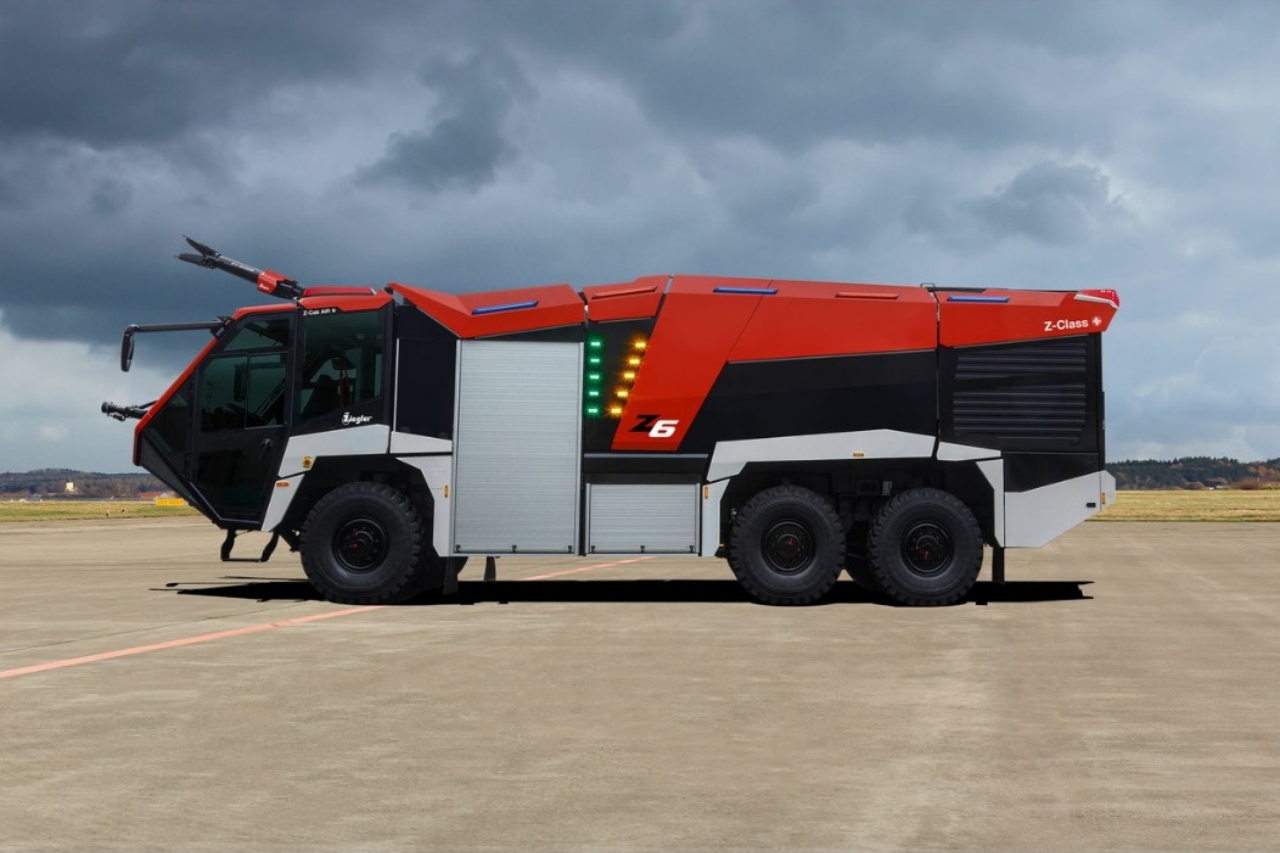
Types of ARFF Trucks
There are several types of ARFF vehicles classified based on their size and operational purpose:
- Rapid Intervention Vehicles (RIVs) – Smaller, highly mobile units designed for immediate response and initial attack while larger units arrive.
- Major Foam Tenders – Large trucks equipped with high-capacity foam and water tanks, suitable for full-scale firefighting.
- Combined Agent Vehicles – These carry multiple extinguishing agents (foam, dry chemical, clean agents) for versatility.
- Rescue Stairs/Platforms – Used for accessing the aircraft cabin for evacuation or rescue.
- Command and Control Vehicles – Serve as mobile command posts during large-scale incidents.
Compliance and Standards
ARFF vehicles must meet strict international and national safety and performance standards:
- ICAO Annex 14 – Establishes ARFF requirements based on airport category and traffic volume.
- NFPA 414 – Sets U.S. standards for ARFF vehicle design and performance.
- FAA Part 139 – Regulates ARFF operations at U.S. commercial airports.
Compliance ensures uniformity in training, equipment performance, and response capabilities, enabling interoperability among fire crews during joint operations.
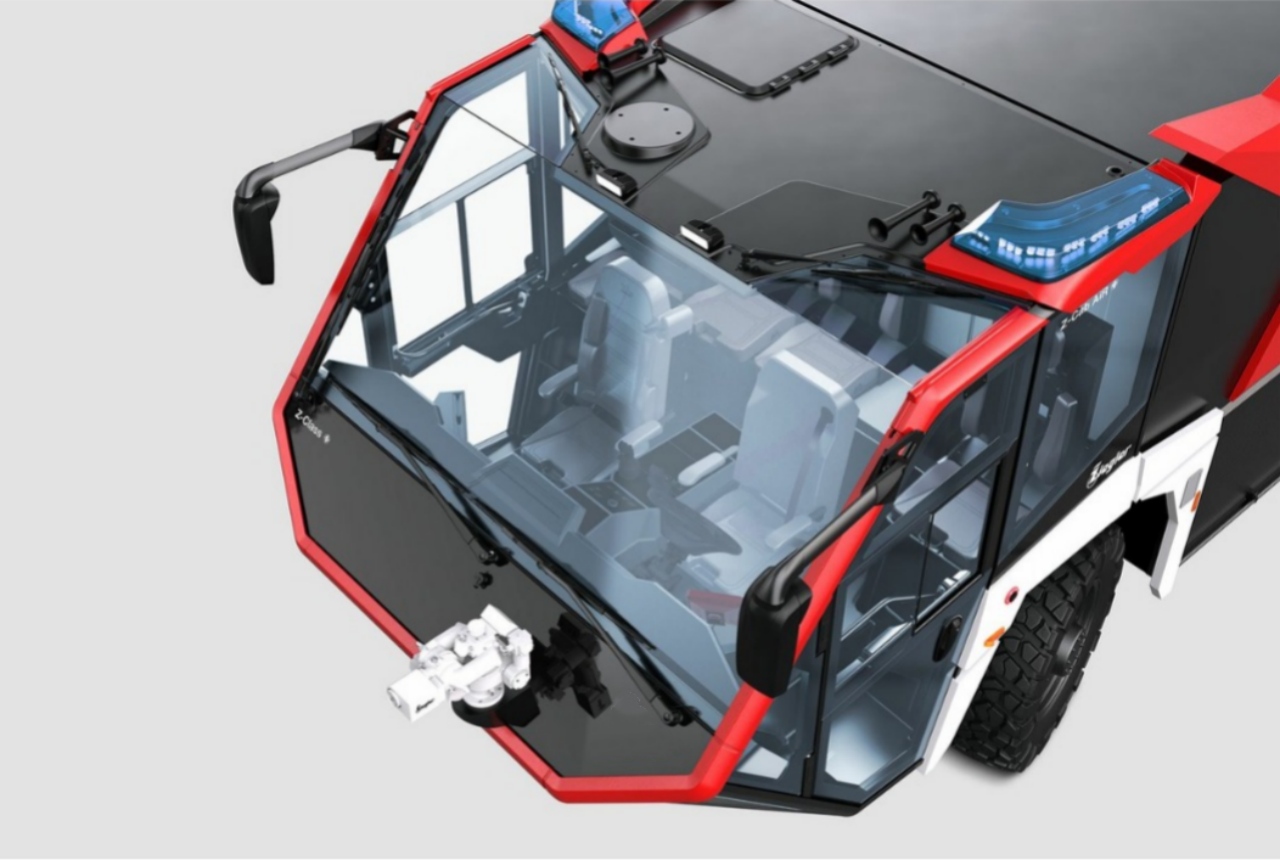
Technological Advancements
ARFF trucks are increasingly integrating smart technologies to enhance performance:
- Telematics systems for real-time data on vehicle status and positioning.
- Remote turret control from joysticks or touchscreen interfaces.
- Augmented reality (AR) and heads-up displays for situational awareness.
- Electric and hybrid drivetrains, aimed at reducing emissions and improving fuel economy.
- Autonomous systems for remote vehicle operation in hazardous zones (currently in experimental phases).
Such innovations help crews respond faster, use resources more efficiently, and operate more safely in chaotic environments.
Importance of Airport Safety
The presence of ARFF trucks is not merely a regulatory requirement; it is a cornerstone of airport operational safety. In the event of an aircraft crash, fire, fuel spill, or technical malfunction, these trucks and their crews are the first and often the most crucial line of defense. Their ability to suppress fires quickly, evacuate passengers, and stabilize dangerous situations can mean the difference between minor injuries and mass casualties.
Moreover, ARFF units often respond to non-aircraft emergencies at the airport, including terminal fires, fuel depot incidents, and hazardous material spills. Their versatility and preparedness make them essential components of airport emergency management systems.
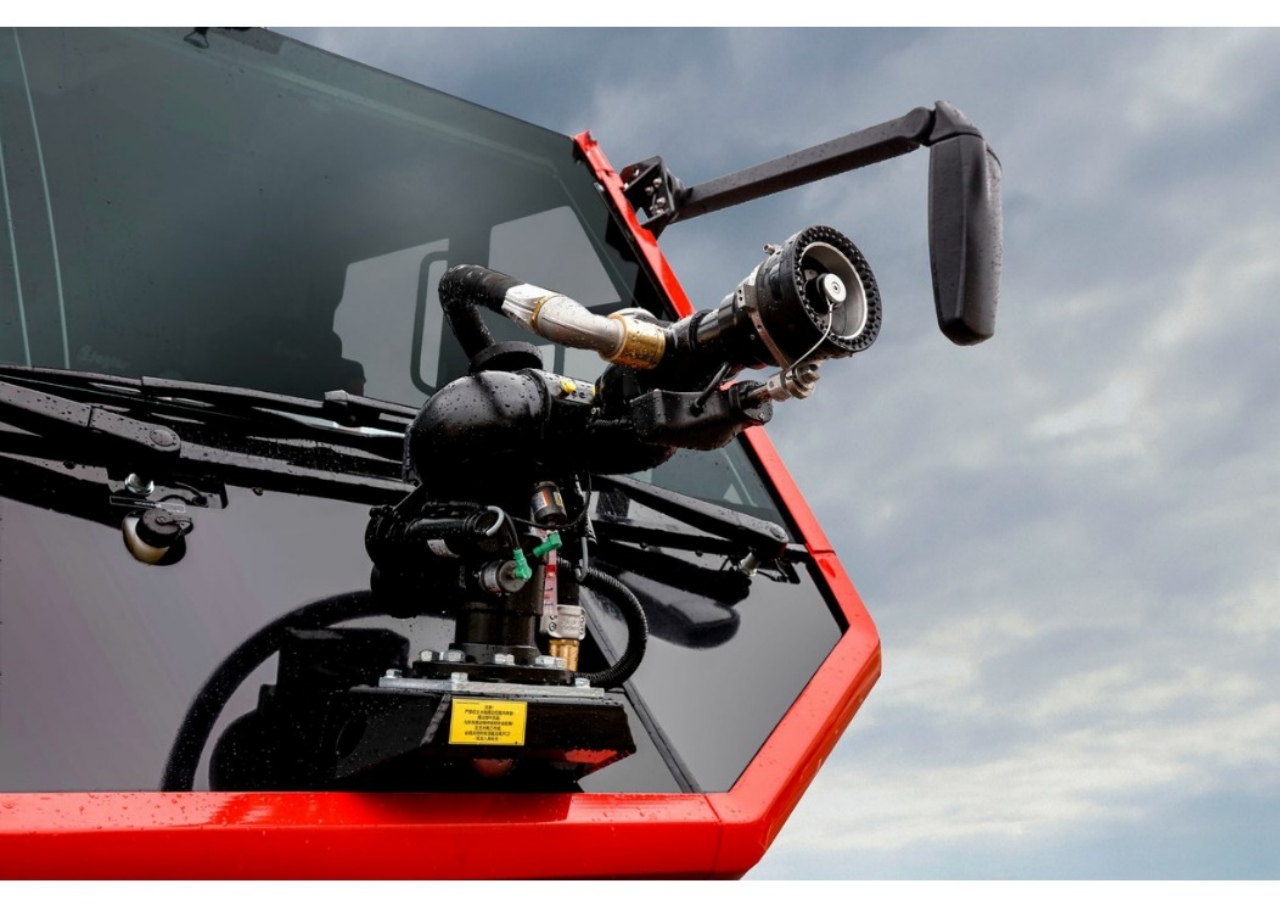
Conclusion
The specialized ARFF truck is far more than a fire engine; it is a mobile command unit, rescue tool, and extinguishing powerhouse combined into 1. Engineered for performance, reliability, and adaptability, these vehicles ensure that airports can meet the highest standards of safety and emergency preparedness.
As air travel continues to grow and aircraft technology advances, the role of ARFF trucks will only become more critical. Investing in modern ARFF fleets and ongoing crew training is not just a matter of compliance — it’s a commitment to saving lives, protecting assets, and maintaining public confidence in aviation safety.
